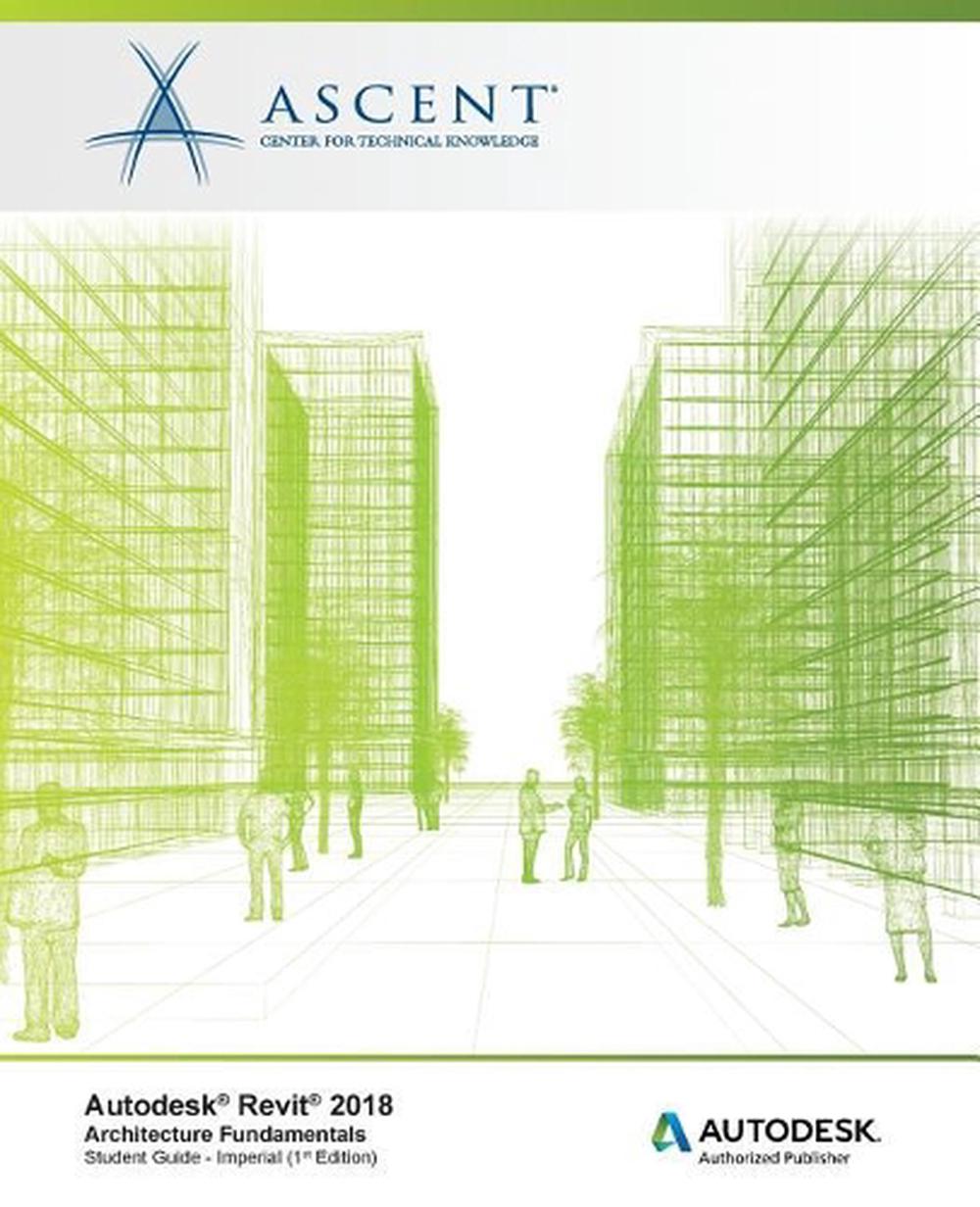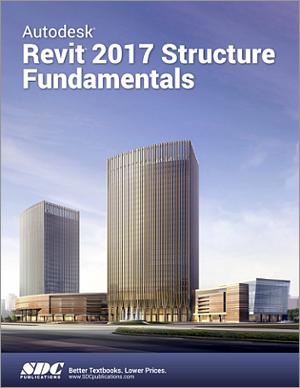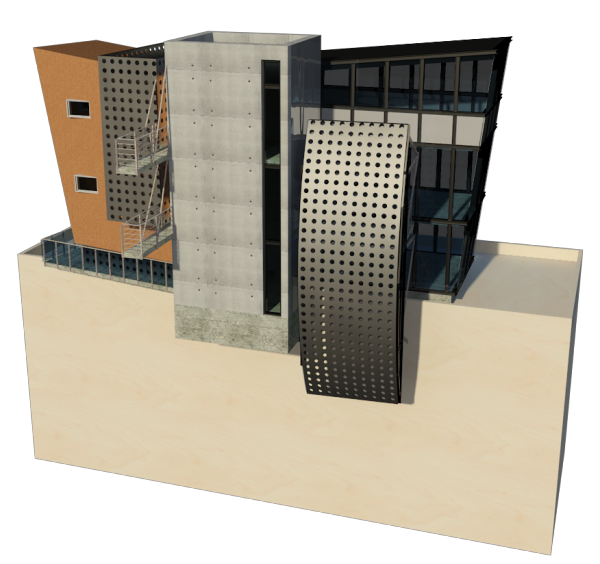

Practice 2c Work with Additional Modify Tools Chapter 3: Setting Up Levels and Grids

Practice 1a Open and Review a Project Chapter 2: Basic Sketching and Modify Tools For details on this alternative format, visit: Autodesk On-Demand: Revit Architecture Comprehensive Course OutlineĬourse Outline Chapter 1: Introduction to BIM and Autodesk Revit Too busy at work to miss time out of the office to take this class? Consider the On-Demand version of this course and study on your own time, at your own pace. Setting up sheets for plotting with text, dimensions, details, tags, and schedules.Īn understanding of architectural terminology is an asset **NOTE: This class is also available in an On-Demand (self-study), format** Working with the basic drawing and editing tools.Ĭreating Levels and Grids as datum elements for the model.Ĭreating a 3D building model with walls, curtain walls, windows, and doors.Īdding floors, ceilings, and roofs to the building model.Ĭreating component-based and custom stairs.Īdding component features, such as furniture and equipment. Navigating the Autodesk Revit workspace and interface. Understanding the purpose of Building Information Management (BIM) and how it is applied in the Autodesk Revit software. This student guide focuses on basic tools that the majority of users need. The objective of the Autodesk® Revit® 2018 Architecture: Fundamentals class is to enable students to create full 3D architectural project models and set them up in working drawings. Since building projects are extremely complex, the Autodesk Revit software is also complex. Finally, you learn the processes that take the model to the construction documentation phase. Then you learn design development tools including how to model walls, doors, windows, floors, ceilings, stairs and more. You begin by learning about the user interface and basic drawing, editing, and viewing tools.


This class is designed to teach you the Autodesk Revit functionality as you would work with it throughout the design process. The program streamlines the design process through the use of a central 3D model, where changes made in one view update across all views and on the printable sheets. The Autodesk® Revit® software is a powerful Building Information Modeling (BIM) program that works the way architects think.


 0 kommentar(er)
0 kommentar(er)
